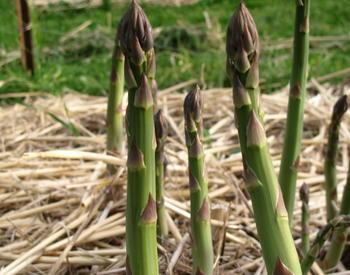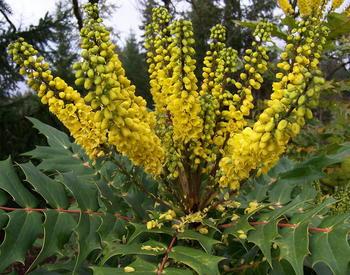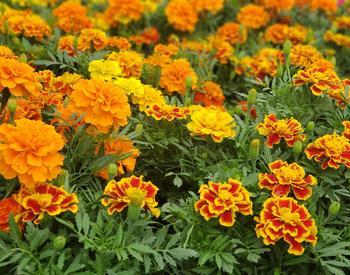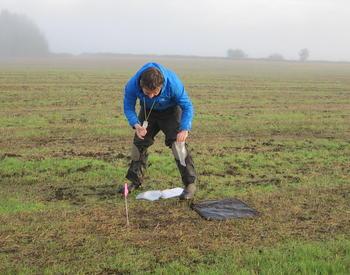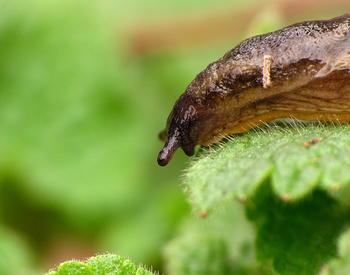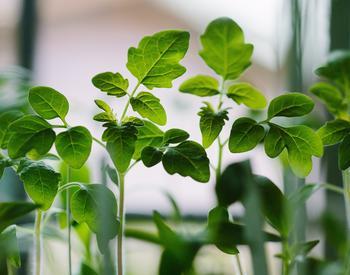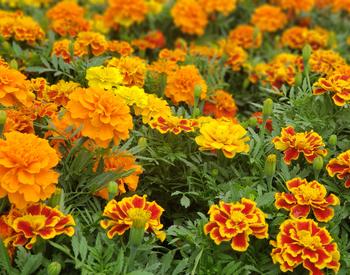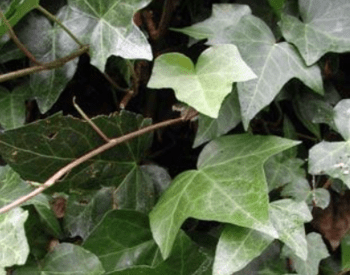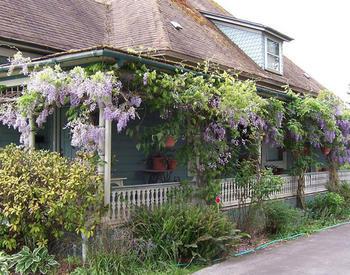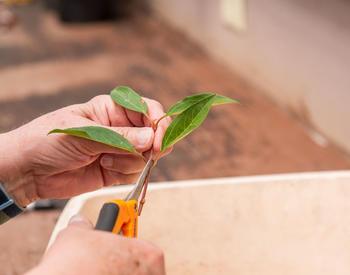Interactions between plants are important for gardeners. The study of these interactions is called plant or landscape ecology.
In ornamental gardens, we aim for a community of plants that complement each other in form, color, leaf characteristics and bloom.
A garden's framework often is defined by large shrubs or trees, which cast differing amounts of shade over the course of the year. When choosing plants to grow under or near large framework specimens, be sure their needs match the available light and moisture.
As trees and shrubs grow, you may need to manipulate them, either by removing those that have outgrown their space or by pruning and thinning. Often, understory plants that did well when the landscape was young must be replaced with plants that are more shade-tolerant. This process is a kind of plant succession, dictated by the changing light and moisture environment and carried out by the owner.
A lawn also is a changing landscape. It starts out as a mix of several adapted grass species on bare ground. Other plants (which we often call weeds) sprout from seed reserves in the soil. More seeds and plants move in and grow if conditions are right.
Our most competitive lawn weed is a grass called annual bluegrass. It prospers in the winter when desired grasses are less vigorous. Broadleaf weeds also may find niches. Moss begins to take over where the lawn is thin, a common problem in semishaded areas. These changes are another example of plant succession.
To manage invasive plants, keep your lawn grasses competitive by using proper cultural practices, periodically overseeding and using herbicides in certain situations. In spite of your best efforts, however, plant succession may occur.
Gardeners who plant wildflower mixtures often find that there is much more variety in flowers the first year than in succeeding years. Some species do very well, and others simply cannot compete. Again, plant succession occurs.
The most short-term assemblage of plants in a garden occurs in annual vegetable and flower beds. Here there is no attempt to create a community that will last more than one season.
Since many of the most competitive weeds thrive in recently disturbed soil, it is a challenge to give annual crop plants an advantage. The plant that captures light first will grow and suppress plants beneath it. Early weed competition can have a devastating impact on crop growth. Consistent weeding, mulching, and the use of transplants improve the odds for annual vegetable and flower crops.
Another type of relationship between plants is called allelopathy. In this phenomenon, some plants produce compounds in their leaves, roots or both that inhibit the growth of other plants. Black walnut is the most notorious example. Its roots can suppress many common vegetable plants. Its leaves, if mulched on a vegetable garden over the winter, can act like an herbicide on annual crops the following spring. Some of the worst weeds show allelopathic traits and prevent desired ornamental or vegetable species from growing.
Finally, there are relationships between plants that involve pollinators, animals, birds, pests, predators and even nutrient transport between species through symbiotic fungi called mycorrhizae. These relationships are quite complex, and many are not well understood. They are the subject of active research and offer much to think about for thoughtful gardeners.

